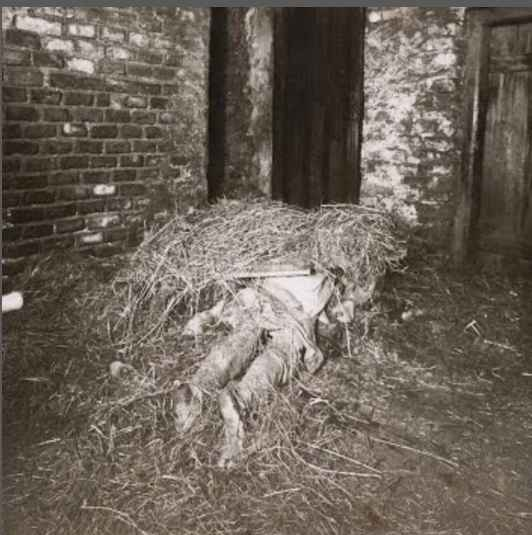Mystery- The Haunted Town Of St. Nazianz, WI
Mystery- The Haunted Town Of St. Nazianz, WI St. Nazians was founded by a priest who wholeheartedly believed to helped cursed the town. Over the years, the town has been hit with natural disasters and unexplained phenomena. Father Ambrose Oschwald was fled to Wisconsin in 1854 from religious persecution. The Roman Catholic Church had suspended him from his duties due to “mystical, prophetic, and heretical works.” Already, the scary history of the town is starting to make sense! Oddly enough, the congregation followed him. Once they got to Wisconsin, a “divine white heifer” lead them to the site of his new home which would become St. Nazianz. The community actually thrived. They titled themselves “The Association” and created an entirely functional society. Tragically, Father Oschwald became sick in 1873. Anton Still, a loyal follower, stayed with Father Osc...







.png)
Comments
Post a Comment